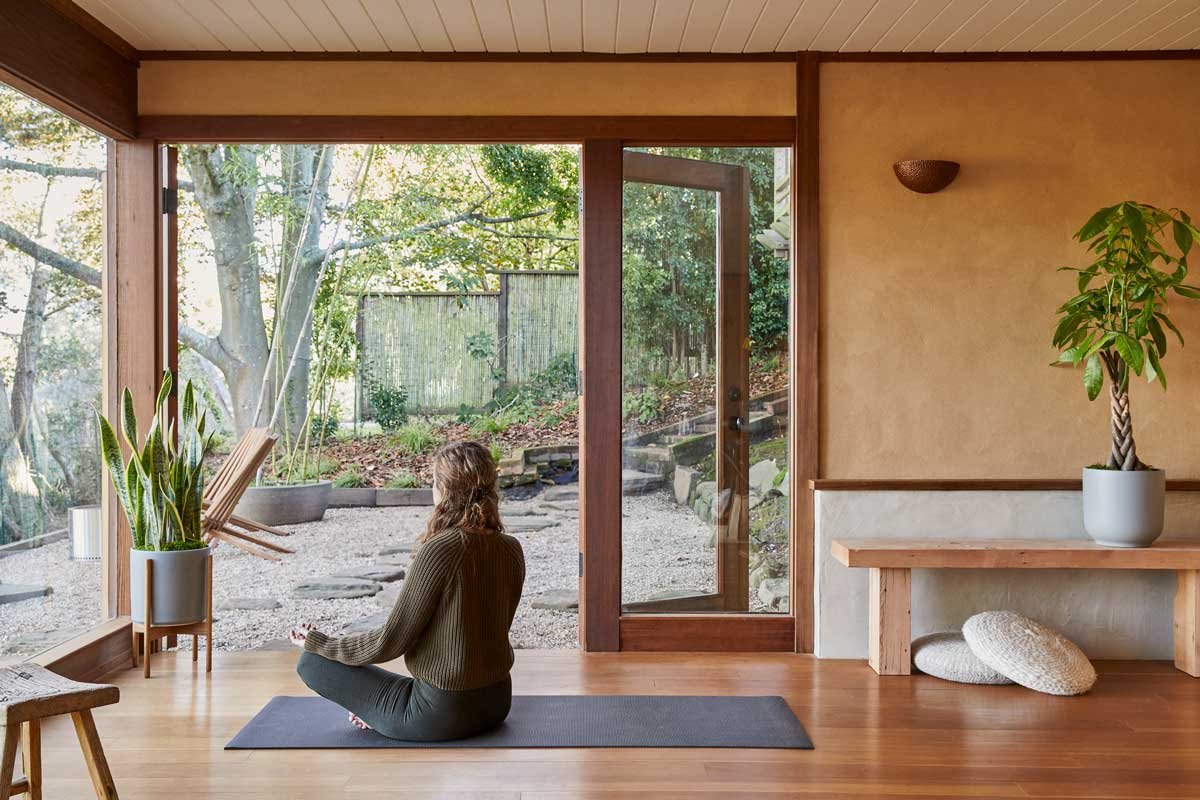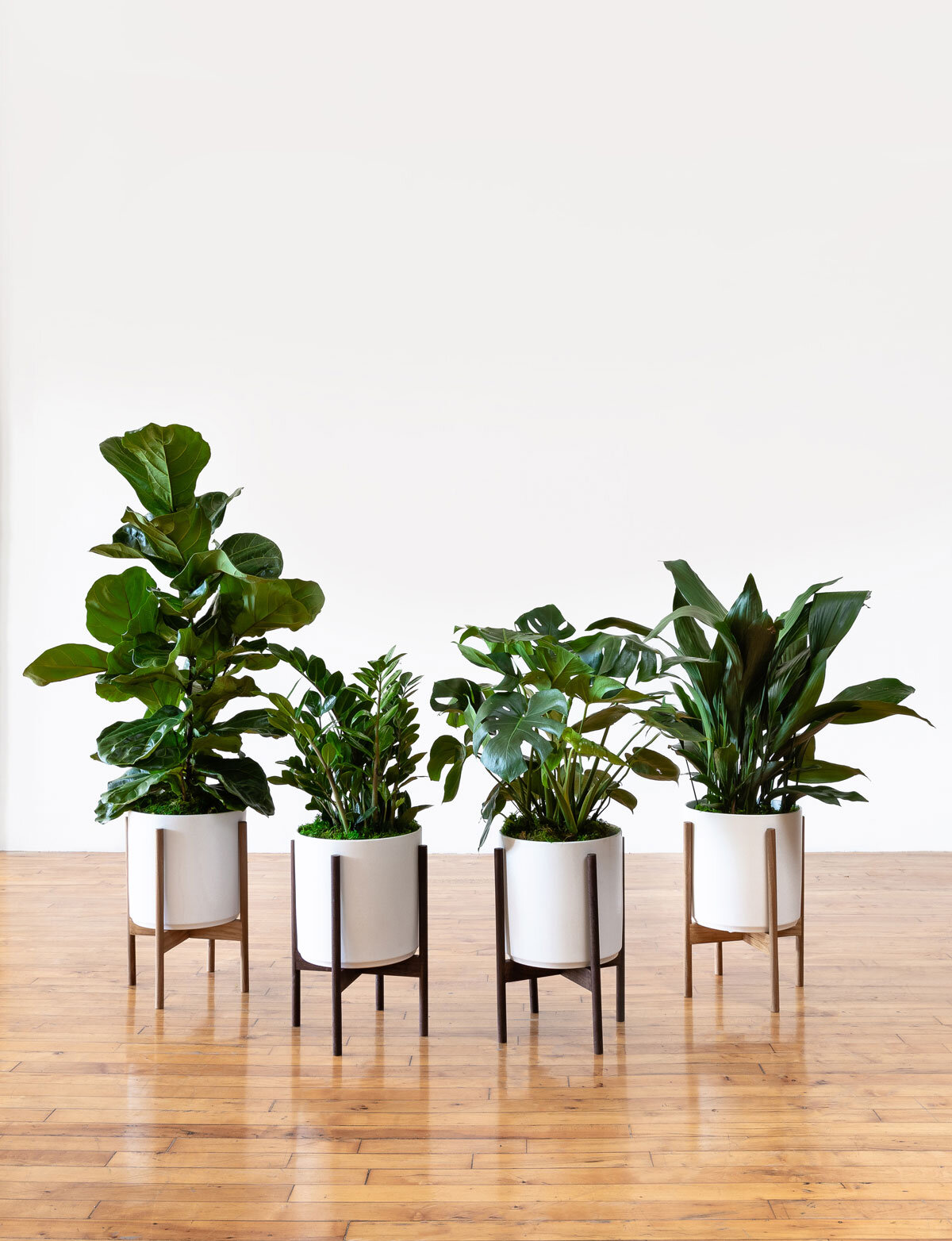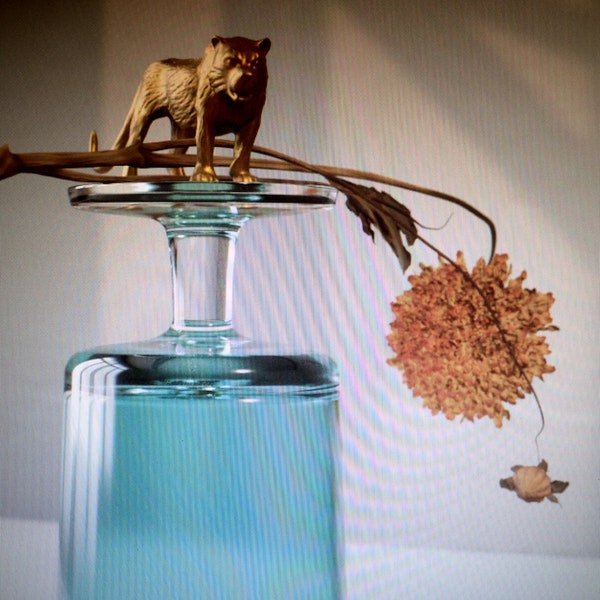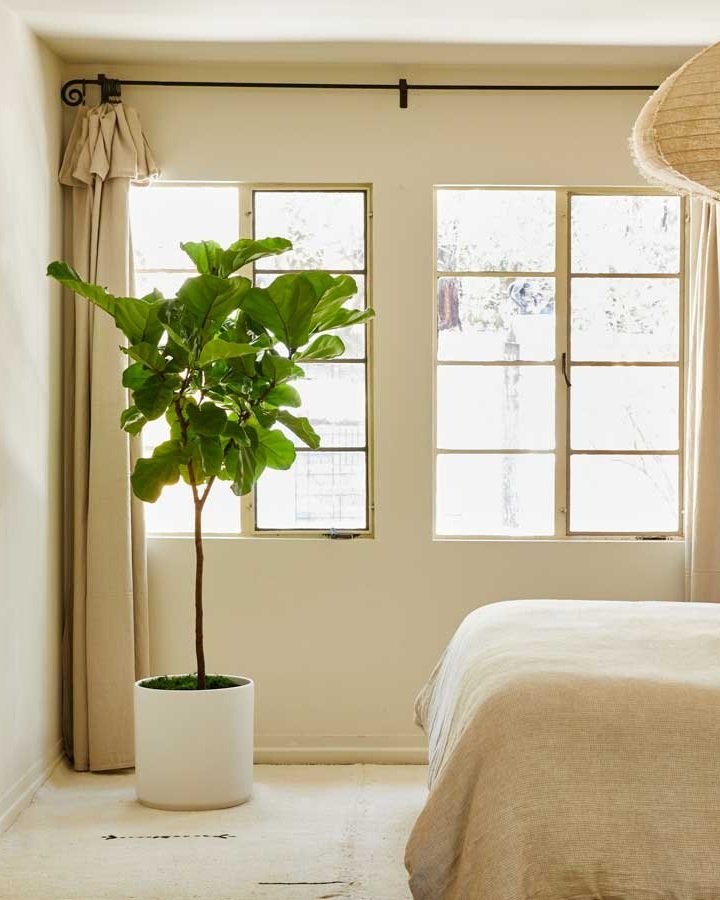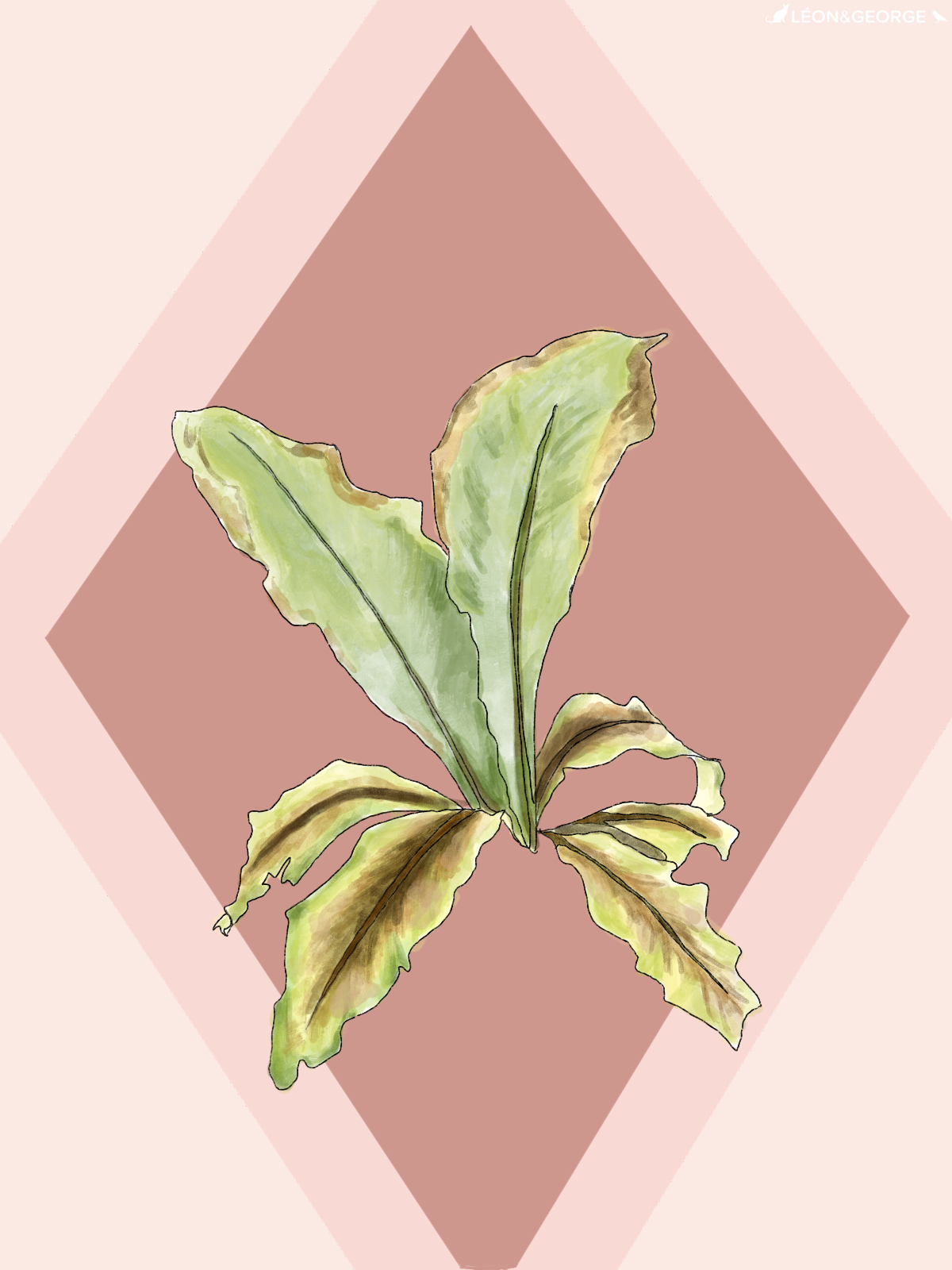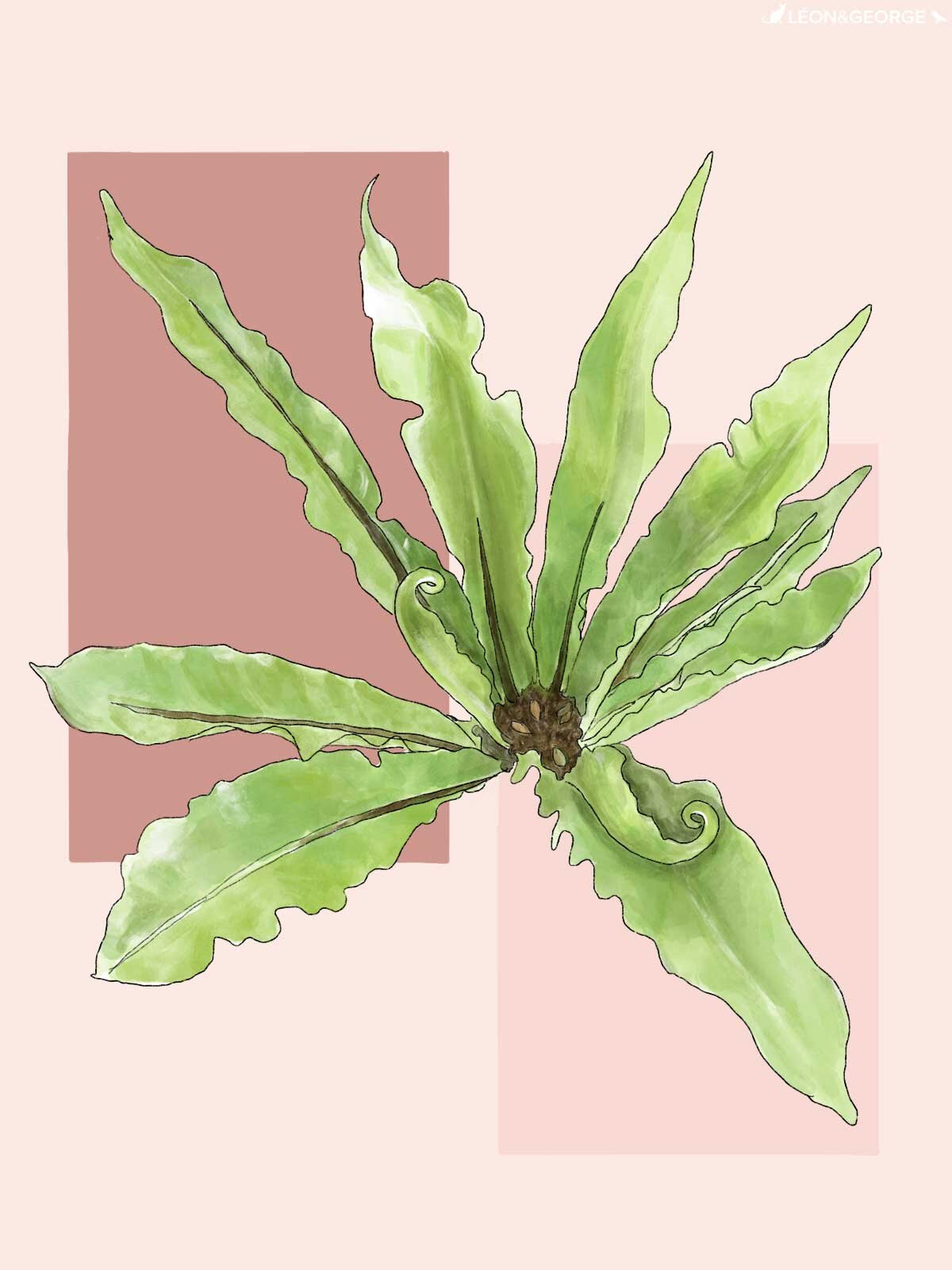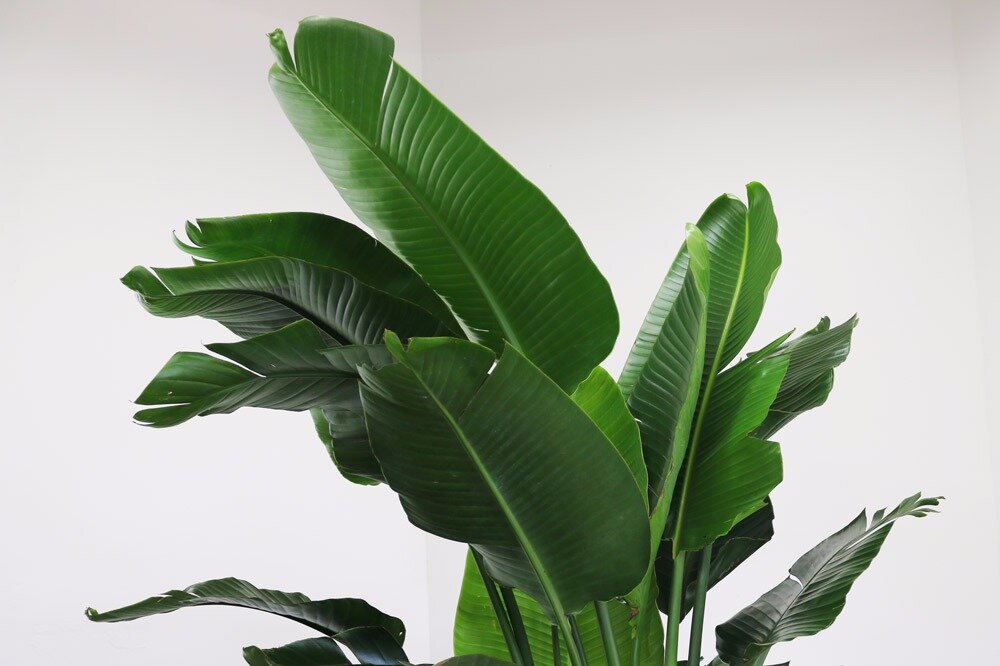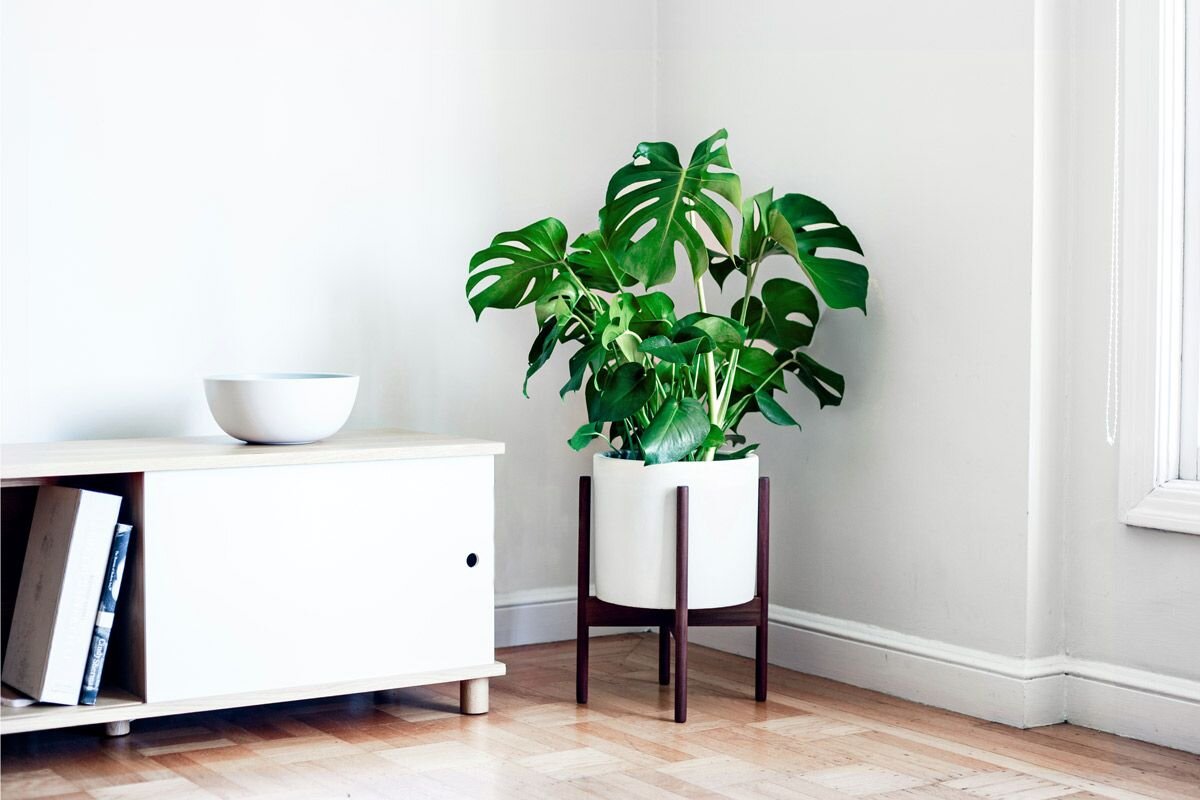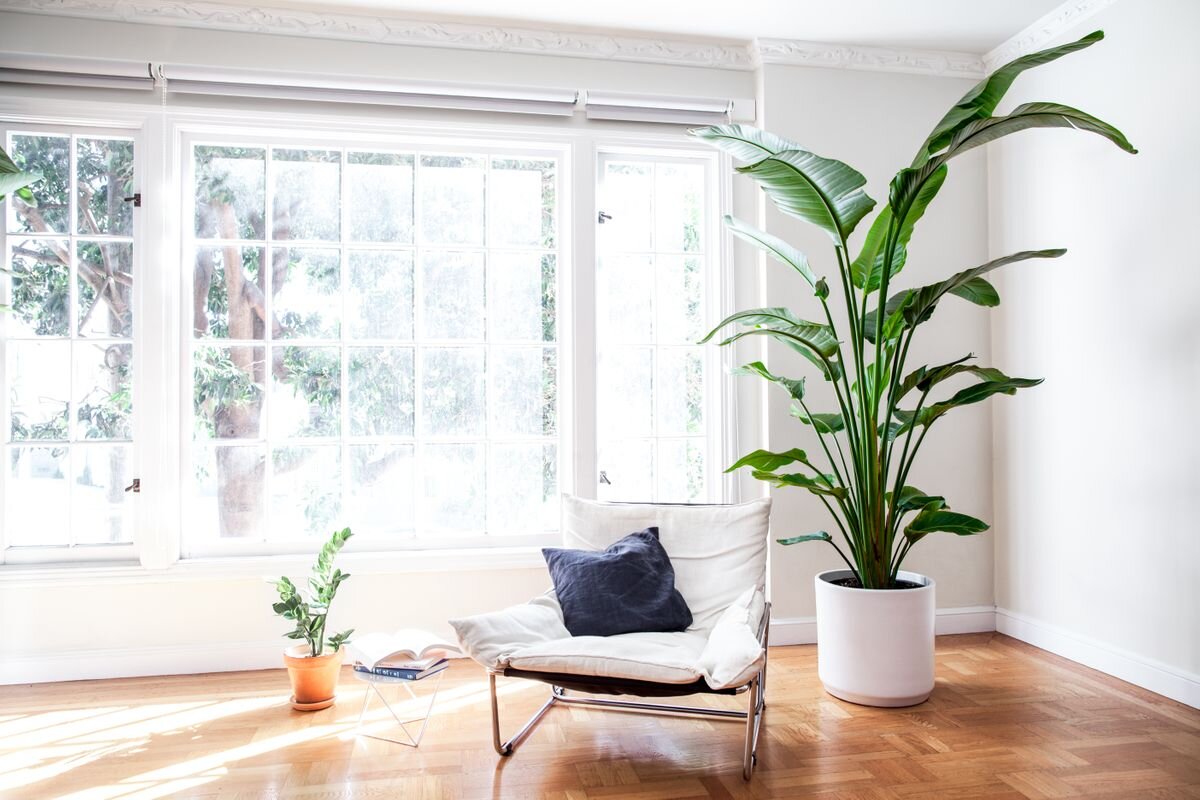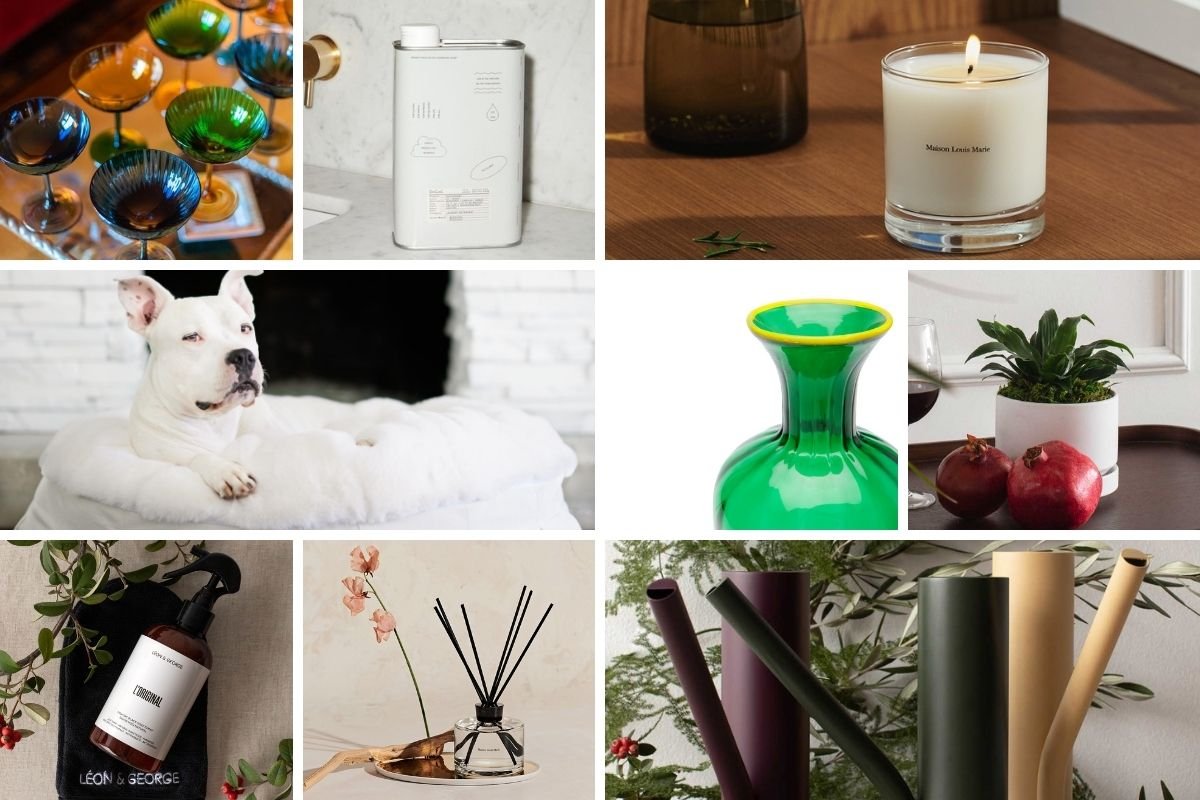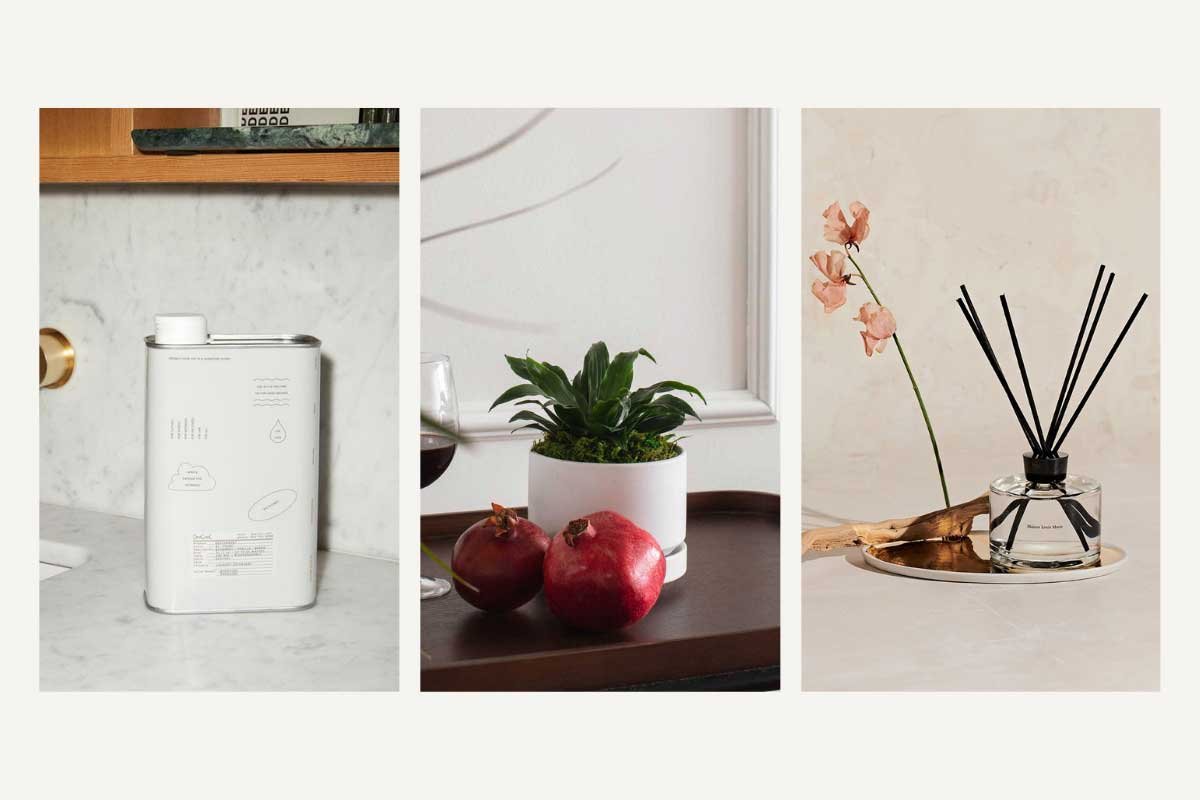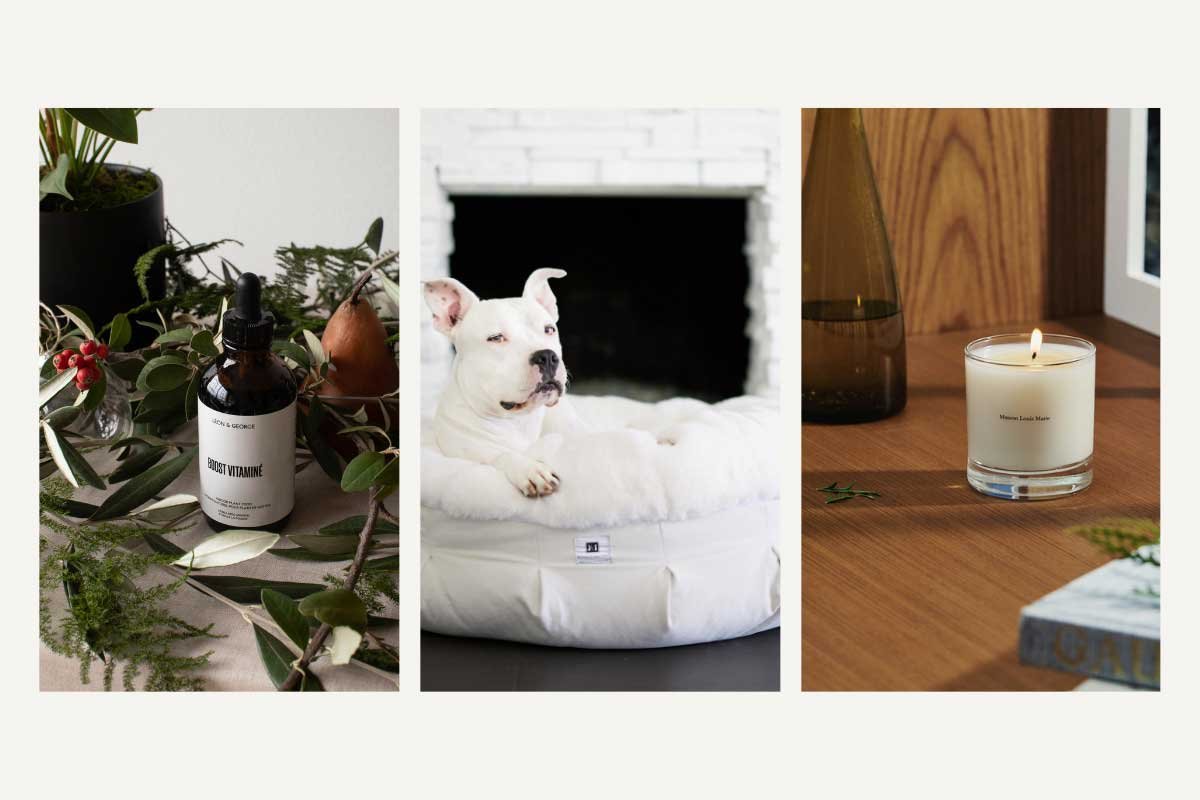In our Dear Plant Stylist series, we share styling and lighting inquiries received by our in-house stylists with our audience. So read on-- you just might find that your plant styling questions are answered below!
—
Dear Plant Stylist,
I’ve put this off for a long time, but just this month I have finally carved out some time to convert the rec room into a yoga space. I’m trying to stick to this habit (wish me luck) and thinking that the more beautiful I make the space, the more I’ll want to be there. But I don’t know where to start with plants- and I want to make sure that the ones I get won’t take up too much space as I move through flows, stretch and adjust. Suggestions?
Best,
S.N.
Hi S.,
What a fantastic project to take on in the new year. Investing your time and creativity into enriching your home is always a good idea, and even more so when most of us are still spending quite a bit of time at our home bases. (Perhaps more than we anticipated!)
Plants with Air Purifying Qualities
We have a wealth of green options for you, and they all come with different perks. Our Air Purifying Plant Collection, for instance, specifically highlights plant varieties that have been scientifically shown to purify the air. But there are other perks as well, from aesthetic (slender plants that take up minimal space) to philosophical (plants with connotations of fulfillment and good fortune). Here’s our round-up for the best options for your yoga space.
Both Snake Plants and Dragon Trees boast significant air purifying powers. They’re also sturdy, vertically-oriented floor plants that require little care, so they’re great options for limited space and corner placement. Snake Plants are traditionally associated with protection and abundance, so no injuries on your horizon! They’re a perfect protector for your yoga space.
Full and Luscious Plants
For an instant dose of energy and positivity, you can’t go wrong with a Monstera Deliciosa. They’re a low-maintenance, sun-loving plant with punchy, textured foliage that grows abundantly. Just be mindful of placement, because these gorgeous plants can really stretch! Still, they’re an ideal focal point for a cheerful, inspiring space as long as they’re placed in a spot that won’t encroach on your exercise area.
A Cast Iron Plant is a perfect plant for setting yourself up for success. If you’re looking to spend time focused on your flows rather than probing topsoil, they’re an absolute shoo-in. They require watering only seldom, and are adaptable to low light, so determining their placement is a breeze- just put one wherever you think it looks fabulous!
For accent plants, you can’t go wrong with a Cascading Pothos, Jade Pothos or Zanzibar Gem. These varieties boast beautifully textured foliage and pack a punch, even in small sizes. Pair them with our new Sand color of Scandinavian pot for an additional dose of warm, sun-kissed tonality and a touchable finish.
Feng Shui Plants
And finally, a boost of feng shui. An ideal exercise space will have plenty of space for energy to flow, and greenery that fills your mind with serenity and peace. The Braided Money Tree is renowned for its connotation with bringing good health, wealth and prosperity to its owner, so we’d be remiss if we didn’t mention that it is an absolute jewel for any space in which you hope to cultivate your own health and wellness! They’re slender to boot, with thin trunks and a compact canopy, so they can be seamlessly incorporated into any area that you want to fill with good vibrations.
Happy shopping, S., and let us know how it goes! We’d love to see your serene space in situ. Here’s to a new year of good health and ample inspiration.
Easy Care Plants, Delivered
Beautifully potted plants, plus lifetime plant care support. Order online at leonandgeorge.com
